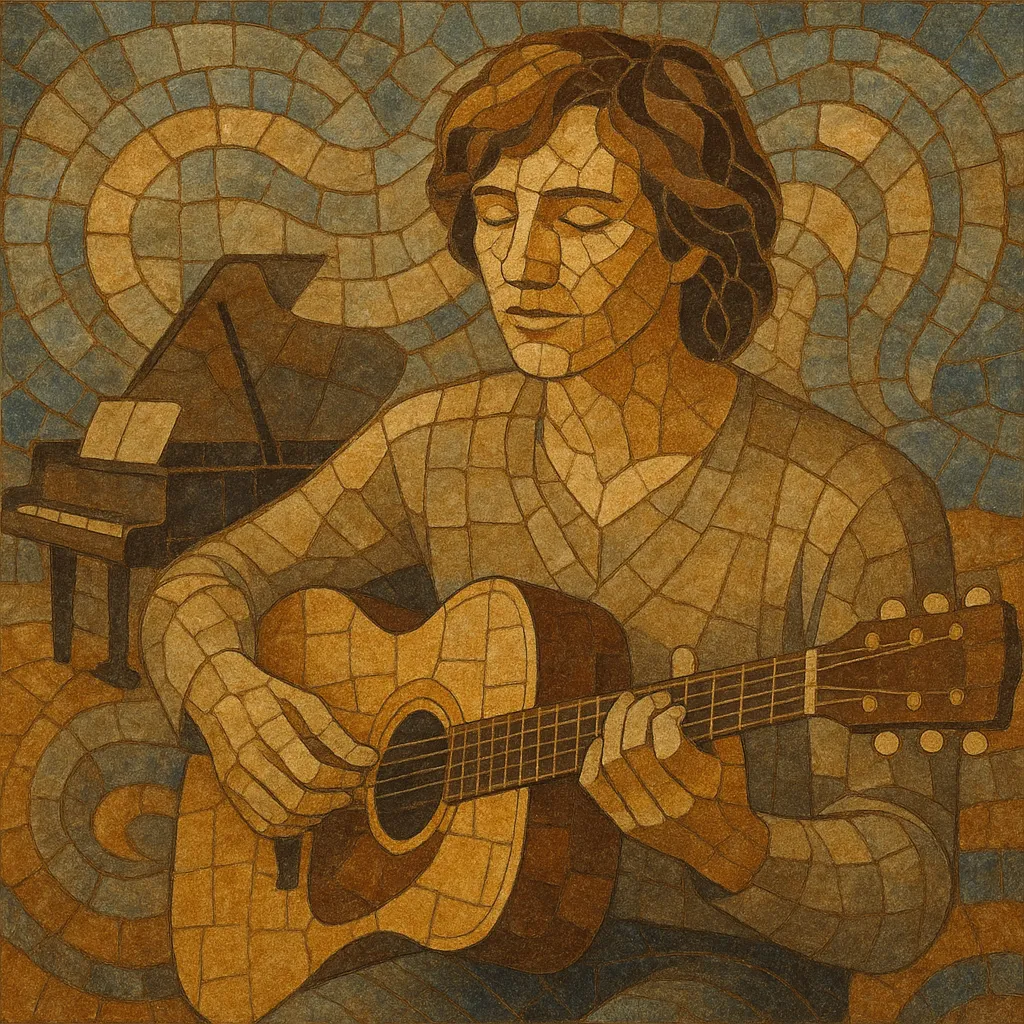Soft rock is a mellow, melody-forward strain of rock and pop that favors smooth vocals, polished production, and restrained dynamics over distortion and aggression.
Built on acoustic and clean electric guitars, piano or electric piano (Rhodes), light rhythm sections, and lush backing vocals or strings, the style centers on memorable hooks and sentimental themes. Its lyrics often explore love, heartbreak, nostalgia, and introspection, delivered with warmth and clarity. Tempos are moderate, grooves are unobtrusive, and harmonies are diatonic with tasteful color (maj7, add9) and occasional key changes.
Commercially, soft rock flourished on AM radio and adult contemporary playlists in the 1970s and early 1980s, shaping the sound of radio-friendly ballads and influencing later styles like yacht rock and modern adult contemporary.
Soft rock emerged in the United States at the turn of the 1970s, when pop rock and folk rock artists began emphasizing gentler timbres, intimate vocals, and refined studio craft. The singer‑songwriter movement supplied introspective lyricism, while easy listening and sunshine pop contributed polished textures and stacked harmonies.
The genre rose to mainstream dominance through AM radio, where concise, hook-rich songs by Bread, the Carpenters, America, James Taylor, and Elton John defined the sound. Producers leaned on clean guitars, piano/Rhodes, close vocal harmonies, and subtle string arrangements, creating a smooth, radio‑friendly aesthetic that fit adult contemporary programming and crossed into country-pop and MOR markets.
As studio technology advanced, a sleeker, coastal variant—later called “yacht rock”—took shape via artists like Christopher Cross and the Michael McDonald era of the Doobie Brothers, blending soft rock’s warmth with sophisticated harmony and pristine production. Simultaneously, rock bands increasingly released soft rock ballads as hit singles, shaping the broader pop landscape.
By the mid‑1980s the label “soft rock” receded as adult contemporary formats absorbed the style, but its DNA persisted in radio ballads, country-pop crossovers, and international pop (including city pop). Its songwriting templates—melodic hooks, sensitive lyrics, and smooth arrangements—remain staples of mainstream pop and AC playlists.


